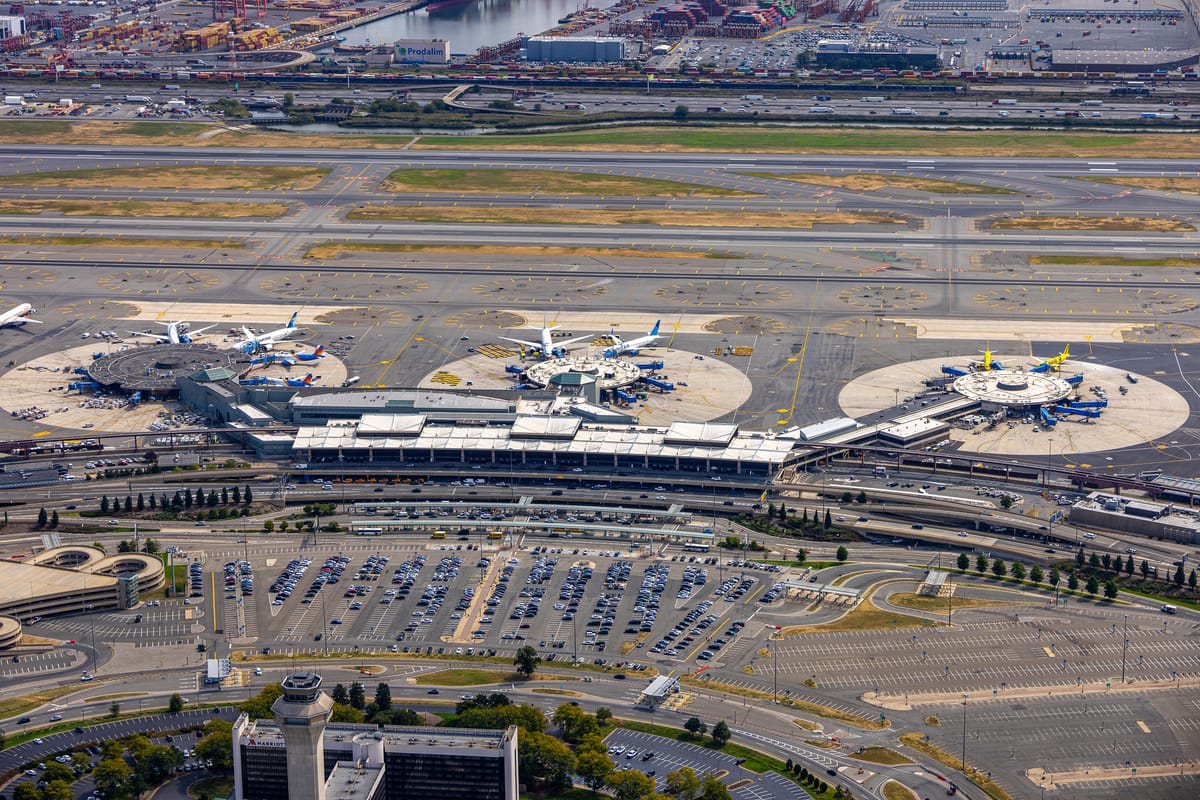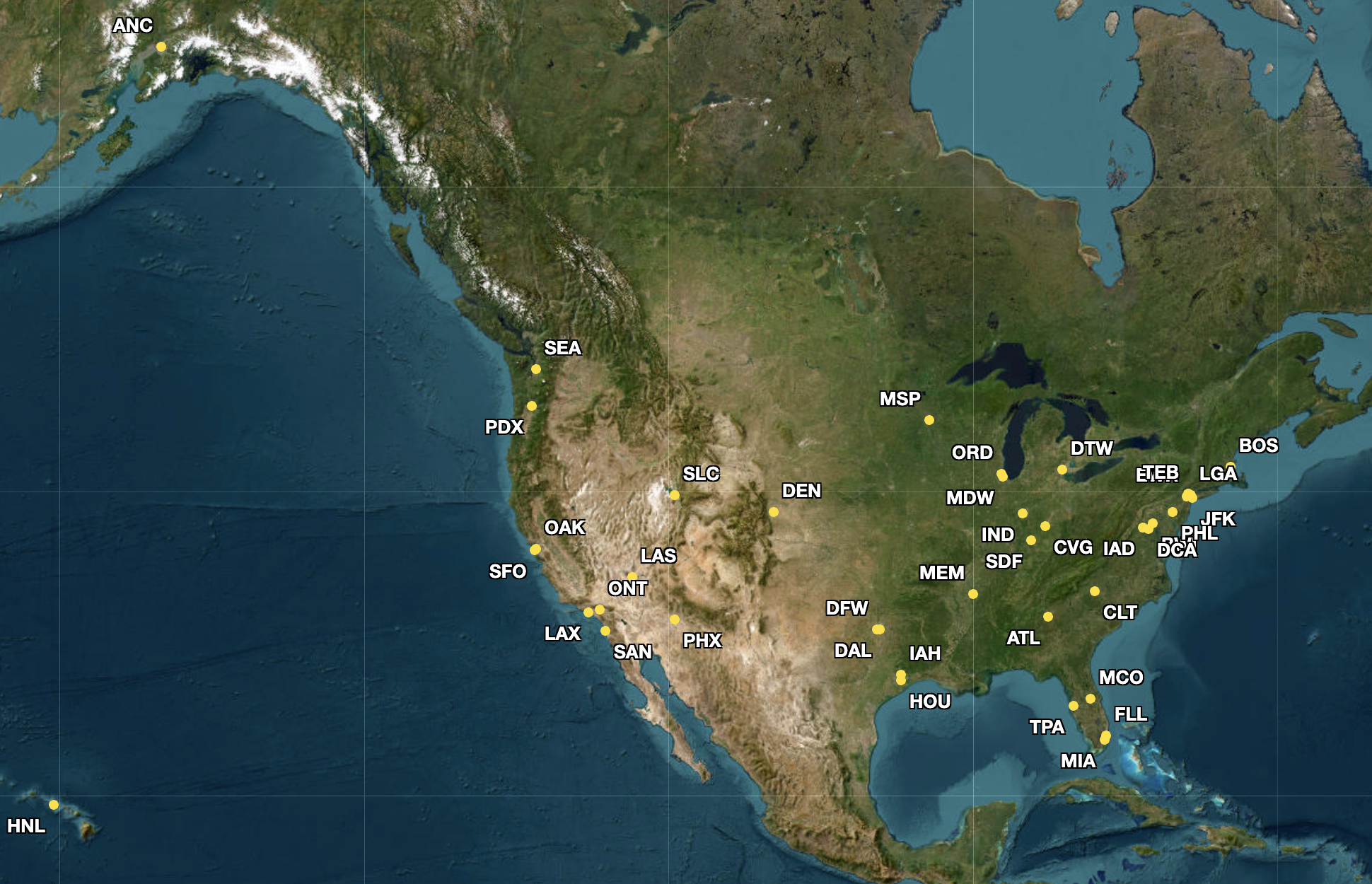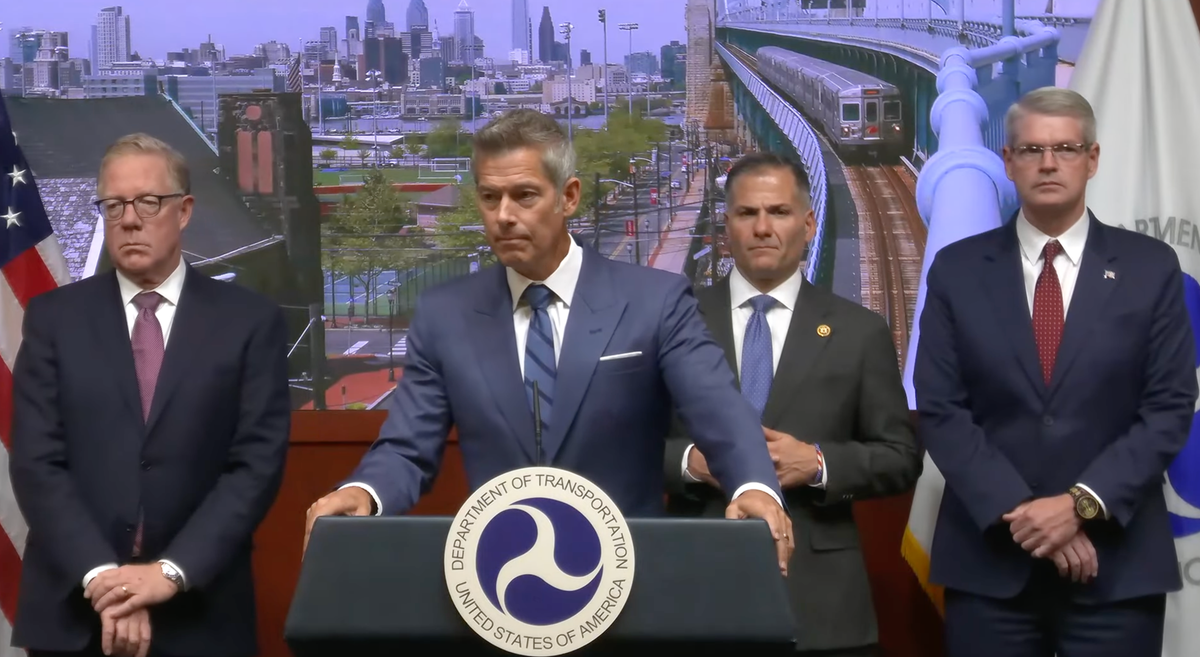FAA plans capacity reductions at 40 US airports, including coastal hubs such as JFK and LAX
The 40 airports include coastal hubs, as well as the main gateways of Alaska and Hawaii.

During a press conference, Sean Duffy, the Secretary of Transportation, has confirmed that the Federal Aviation Administration (FAA) will cut capacity at 40 airports across the United States, with the government shutdown continuing, resulting in pressures building across specific locations in the system.
In a press conference, to first and foremost discuss the UPS McDonnell Douglas MD-11F crash at Louisville International Airport (SDF), Duffy revealed that the Department of Transportation (DOT), as well as the FAA, have noticed “that there is additional pressure that is building in the” National Airspace System (NAS), with the officials taking “additional measures to reduce the risk profile in the [NAS].”
Duffy assured that while there will be additional travel disruptions, “in the end, our sole role is to make sure that we keep this airspace as safe as possible,” adding that the decision to cut capacity across 40 airports was a data-based one.
Bryan Bedford, the Administrator of the FAA, reiterated that the FAA’s primary role is to ensure the safety of the traveling public. “What we have been monitoring on a daily basis, frankly, hourly basis” was that while the NAS was “running as efficiently today in terms of its safety metrics as it was prior to the lapse,” officials have found that in specific markets, pressures are building “in a way that if we allow it to go unchecked,” it could impact safety, Bedford said.
“We intend to be proactive. So, we are going to implement measures with our commercial airline industry partners, but this is going to go beyond the commercial airspace,” the FAA’s Administrator continued, noting that restrictions will also affect space launches and other traffic.
“We are starting to see some evidence that fatigue is building in the system in ways that we feel we need to work towards relieving some of that pressure.”

According to an exclusive report by ABC News, the 40 airports where the FAA is planning capacity cuts include some of the busiest domestic airports in the US, including fortress hubs such as Hartsfield-Jackson Atlanta International Airport (ATL) or Dallas/Fort Worth International Airport (DFW), as well as coastal hubs like New York John F. Kennedy International Airport (JFK) or Los Angeles International Airport (LAX) and airports that are not in the contiguous United States, Ted Stevens Anchorage International Airport (ANC) and Honolulu Daniel K. Inouye International Airport (HNL).
These are displayed below.

According to Cirium’s Diio Mi, the 40 airports represent just over 64% of the total US domestic weekly one-way direct departures in November, or 101,422 out of the 158,304 total weekly domestic departures.
Airlines have already begun reacting to the FAA’s proposed cuts. American Airlines, for example, said that while it has been “awaiting additional information from the FAA to determine which flights will be impacted, we expect the vast majority of our customers’ travel will be unaffected.”
The carrier added that it would proactively reach out to its customers if their flights are affected.
United Airlines issued a statement to its employees that was signed by Scott Kirby, the airline’s Chief Executive Officer (CEO). Kirby, who reiterated that the FAA’s goal was “to relieve pressure on the aviation system so that we can all continue to operate safely,” stated that schedule reductions will begin on November 7.
“United's long-haul international flying and our hub-to-hub flying will not be impacted by this schedule reduction direction from the FAA,” Kirby said, noting that United Airlines will “focus our schedule reductions on regional flying and domestic mainline flights that do not travel between our hubs.”
Meanwhile, Barry Biffle, the CEO of Frontier Airlines, shared a practical tip with travelers in a post on LinkedIn for passengers flying on November 7 and beyond, “and [who] need to be there or do not want to be stranded, I highly recommend booking a backup ticket on another carrier.”
“Do not book a basic ticket. […] If your flight is cancelled, your chances of being stranded are high, so I would simply have a backup ticket on another airline.”
While there are parallels to the previous government shutdown between December 22, 2018, and January 25, 2019, when Donald Trump, the President of the US, wanted billions of dollars to fund a wall, which ended when just 10 controllers called in sick and shut down flights at certain airports and caused delays elsewhere across the NAS, Duffy insisted that the measures were not part of an attempt to reopen the government.
In a post on X, formerly known as Twitter, Duffy was triggered that The New York Times insinuated that the cuts were part of the Trump administration’s efforts to pressure Democrats, who essentially want an extension of Affordable Care Act (ACA) subsidies. “The deranged New York Times is bending over backwards to cover for the left,” Duffy wrote.
“Let me be clear: this isn’t about ‘leverage' — it’s about the safety of the flying public. The NYT may think our airspace is another pawn in the left’s sick game to inflict pain on the American people. It’s not.”






Comments ()